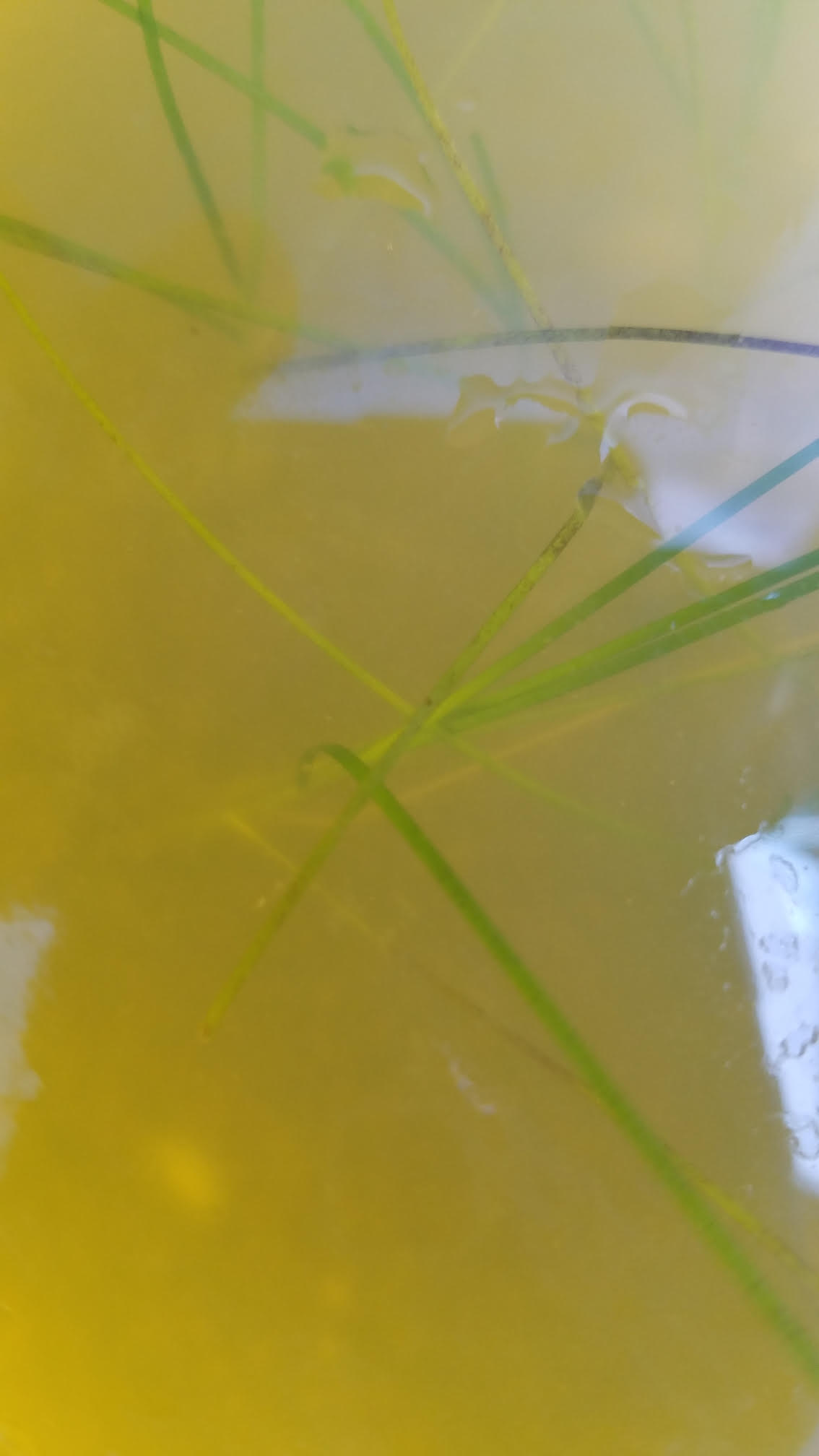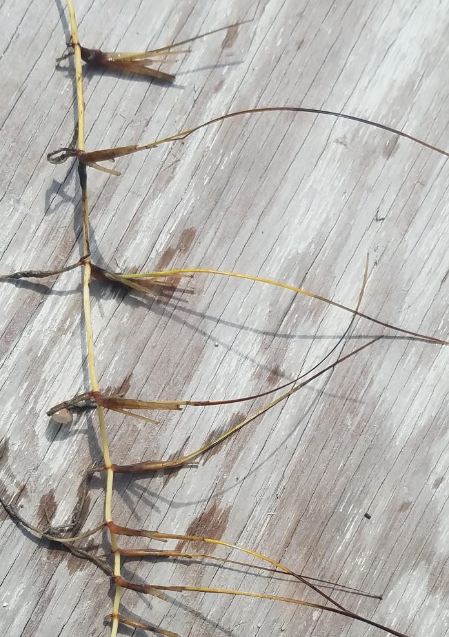*Anglers have long recognized the connection between healthy fish populations and healthy aquatic grass. Florida is home to a variety of underwater grasses, and when fishing we are generally happy to encounter any of them. As we’ve been getting more and more involved with submerged aquatic vegetation (SAV) restoration, AAF will highlight some of our native grasses. First up: Ruppia Maritima (Widgeon Grass) – one that is not even a true “sea grass” because it thrives more in the brackish-to-fresh side of an estuary. However, as you’ll read below, it can be extremely beneficial and might just be a powerful alternative in some restoration scenarios.
America has always had a romantic history with pioneers. Daniel Boone and Louis & Clark are just a couple that piqued my own childhood interest. These days, though, when I hear ‘pioneer’ my mind dips underwater and visions of healthy widgeon grass meadows fill my head, with shrimp, baitfish, crabs, and estuarine game fish of varying ages and sizes all doing what they do best: eat, hide, reproduce, and grow.
Often, in an estuarine area where we might expect to see seagrass but for whatever reason it isn’t there, widgeon grass or shoal grass are usually the first to come in and establish a foot-hold. For this reason, widgeon grass is often considered a “pioneer grass” – it is often the first to settle a barron stretch. Their presence creates structure on the once empty flat, enhancing the conditions needed for other grasses to take root.
Backing up a bit, your first thought about the above example of an empty mud or sand flat might be, why is there not seagrass there in the first place? A good question, to which there can be several answers. Naturally occurring events such as hurricanes can wipe out a grass flat, and the deluge of fresh water that often follows can kill off most other species of seagrass. Should we have a significant drought on either side of a major storm, massive swaths of grass meadows can be wiped out, sometimes permanently. The folks on the Caloosahatchee River know this all too well.

Rampant development can have impacts on grass, either by a temporary disturbance during construction, or subsequent changes in water flow and wave energy, or changes in nutrient loads. On the other hand, a restoration project might create potential habitats in areas which were devoid, creating a space for our pioneer grass to come in and start growing.
Where conditions are right, widgeon grass has some advantages over other seagrasses which allow it to step in and grow before the others can make it. “Ruppia (nerd lingo for widgeon grass) is a prolific seed producer,” says Carter Henne, president of Sea and Shoreline, Inc., based in Ruskin, FL. “Seeding is the primary way that plant reproduces, along with fragmentation.

“Ruppia seeds generally all sprout at around the same time, and luckily this plant is very tolerant of a wide variety of water conditions,” Henne added.
When the seeds sprout at around the same time, a bed is more likely to pop up all at once, which allows it to stabilize the sediments. Henne says other species, like manatee and shoal grass, would have a much tougher time rooting and taking over a barren flat.
If there is a bummer about widgeon grass, it would be that it is more of an annual than a perennial. This means widgeon tends to die off seasonally.
This is not necessarily a bad thing – it is a contributor to the other grasses coming in to take over the area once widgeon has made growing conditions better for them. Once established, shoal, turtle, and manatee grasses are likely to remain established throughout the area during the season when much of the widgeon dies back.
It is important to note, though, that there are areas where widgeon grass will remain the dominant grass. Henne says this is mostly a function of its ability to tolerate such a wide swing of salinity. “Ruppia can handle anywhere between zero salt in the water to around 30+ parts per thousand. So you’ll often see it close to river mouths in Florida because even during a normal rainfall year, the dry season will have very salty water at the river mouth followed by fresh water during rainy season. This would kill most other grasses, but ruppia can handle it.”
With so many coastal areas of Florida experiencing very high variances in salinity due to altered water flow, widgeon grass should be considered in many restoration projects. Often the ‘temporary’ status of its role in a local environment can lead people to think it is not the best way to spend money. Why spend equal dollars planting a grass that is likely only temporary when you can plant more permanent grasses? Now you know the answer to that important question: first, pioneer grasses are often needed to prepare the area for the other grasses that would struggle to populate a barren flat. Second, it doesn’t always die off completely, especially in areas where conditions don’t allow the other grasses to crowd in and out-compete the widgeon.
The final take-away is this: widgeon grass should always be at least a consideration when planning any kind of restoration projects. In the case of our Caloosahatchee River restoration project (funded by Florida DEP, in partnership with Sea and Shoreline and Johnson Engineering, Inc.), we decided to hedge our bets and plant 80% freshwater tape grass (Vallisneria americana) with 20% widgeon throughout about 20 acres, just in case there was a drought and the eel grass was not able to handle the variation. So far, the eel grass is holding up, but there is evidence that widgeon grass is hanging in there throughout the project, just in case.
Next up in the series: turtle grass.
